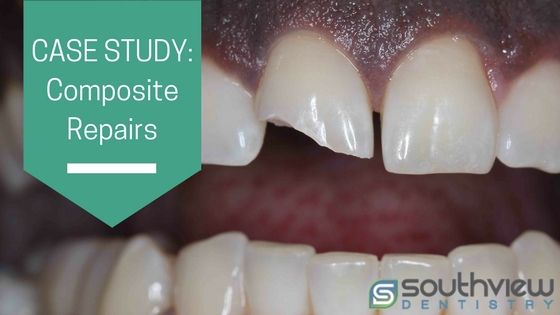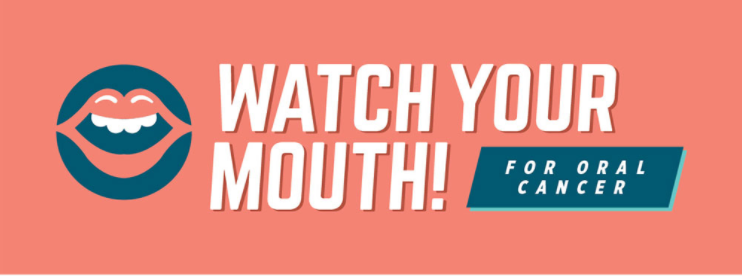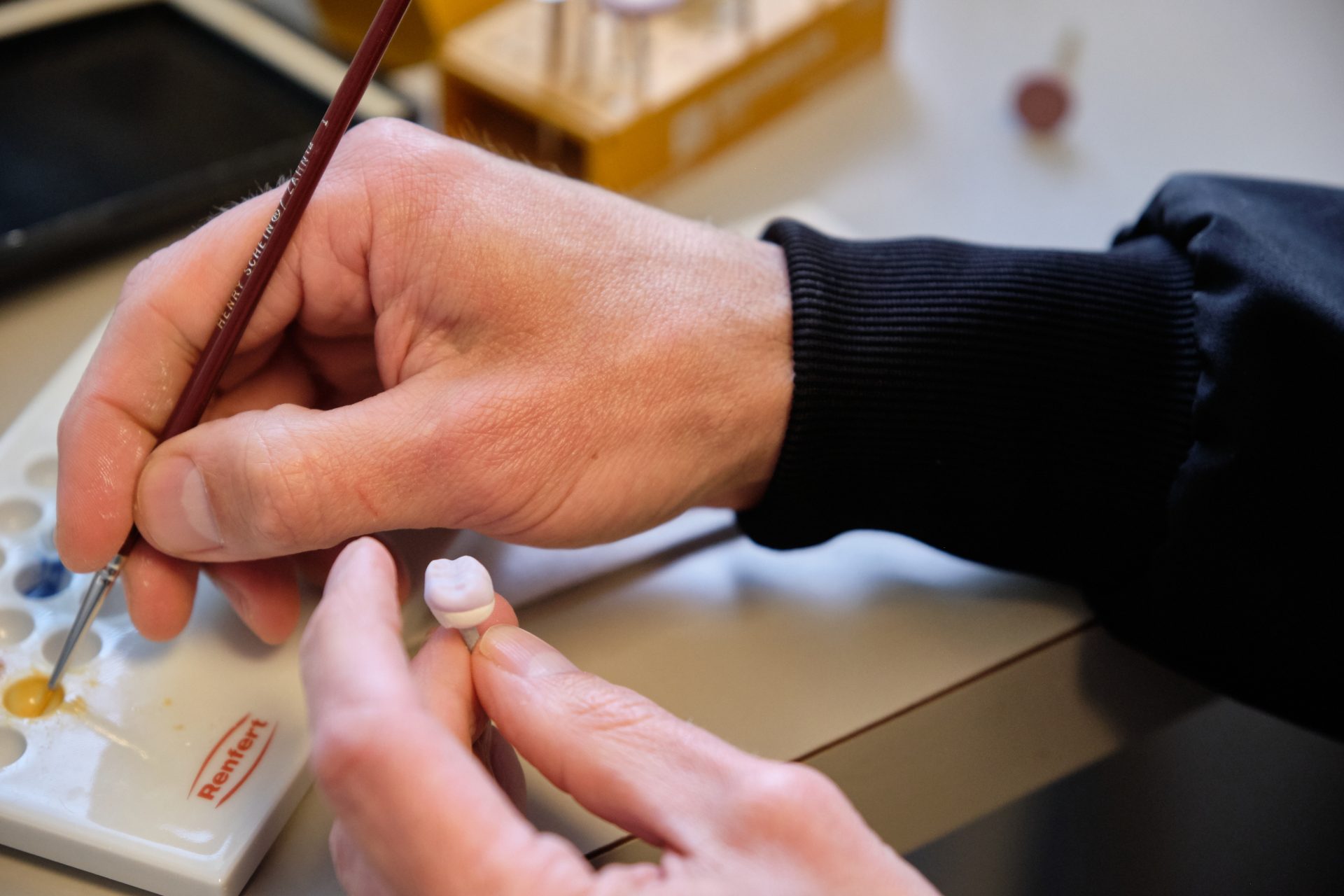According to the National Institute of Dental Craniofacial Research (NIDCR), over half of those in the U.S. survive from oral cancer after five years. If this condition is caught early enough, the chances of successful treatment are high.
Dentists look for early signs of mouth cancer during regular checkup appointments, but it’s also important for you to recognize these warning signals so you can bring them to the attention of your dentist right away.
Signs and Symptoms of Oral Cancer
Mouth cancer can occur anywhere in the mouth, including the lips, tongue and throat, as well as the salivary glands, pharynx, larynx and sinuses. And because early detection is crucial in overcoming this disease, you’ll want to visit your doctor immediately if any of the following symptoms persist for more than two weeks:
- Sores, swellings, lumps or thick patches anywhere in or around your mouth or throat
- Areas of red or white lesions in your mouth or lips
- The feeling of a lump or object stuck in your throat
- Swellings that make wearing dentures uncomfortable
- Numbness, pain or tenderness anywhere in your mouth, including your tongue
- Pain in one of your ears but without any loss of hearing
- Trouble moving your jaw or tongue, or problems with chewing, swallowing or speaking
- Loose teeth with no apparent dental cause
- Lingering sore throat or hoarseness
How Mouth Cancer Occurs
Although the exact cause of oral cancer is unclear, there are certain lifestyle factors that can put someone at risk for this disease. Tobacco of any kind – cigarettes, cigars, pipes and smokeless tobacco – increase your risk for oral cancer. In fact, the Mouth Cancer Foundation reports 90 percent of those with oral cancer consume tobacco. Heavy use of alcohol also increases a person’s chances of developing oral cancer, and the NIDCR says your risk is even higher when using both tobacco and alcohol.
In addition to tobacco and alcohol, age and eating habits can influence your risk as well. Most oral cancers occur in people over the age of 40, and a diet that is deficient in fruits and vegetables can make it easier to contract. Keep in mind sun exposure can cause cancer on the lips. More recently, there has been a rise in a subset of oral cancers associated with the sexually transmitted human papillomavirus (HPV 16).
Oral Cancer Early Screening and Treatment
Oral cancer examinations by your dentist are quick, painless and crucial to detecting it in its early stages. The American Dental Association (ADA) explains that during a routine checkup of your teeth and gums, your dentist also visually checks your lips and face for signs of spreading beyond your mouth. He or she may also palpate the neck and jaw area, and examine both the top and underside of your tongue. These oral cancer screenings should be done every six months.
A dentist who suspects cancer will recommend a biopsy of the area, according to the Academy of General Dentistry (AGD). With a positive diagnosis, surgery may be needed to treat the affected area, and often this surgery is followed by radiation and chemotherapy treatment.
Your Best Option for Early Detection
When in doubt, seek prevention! You should already practice daily oral hygiene to prevent tooth decay and gum disease: brushing regularly with a fluoride toothpaste, flossing daily and limiting sweets. But by regulating certain lifestyle choices – smoking, alcohol use and sun exposure, for example – you can significantly lower your risk of developing oral cancer.
Ultimately, if you know what to look for and see your dentist for regular screenings, early signs of mouth cancer can be identified and taken care of before they become a serious problem.





